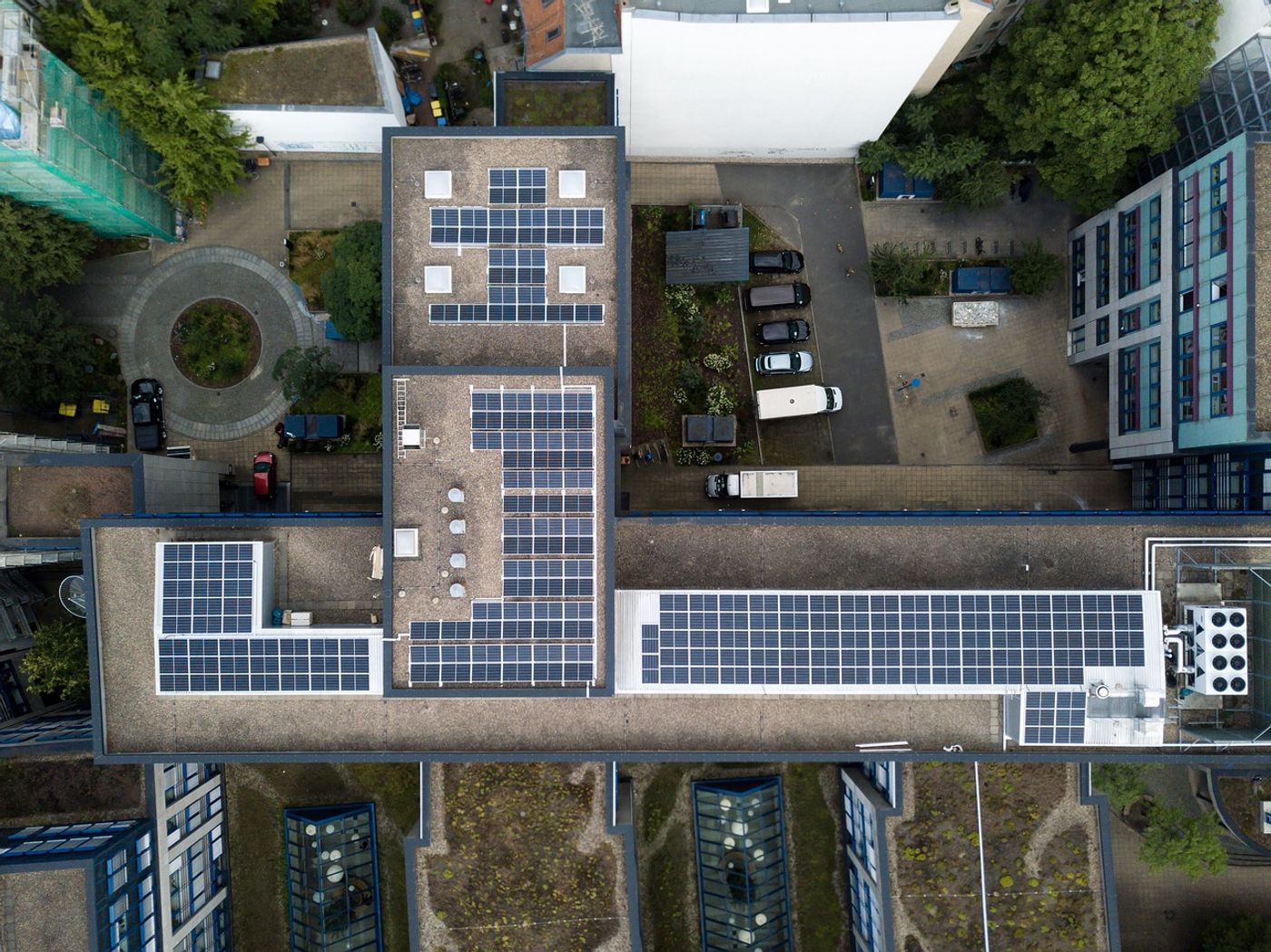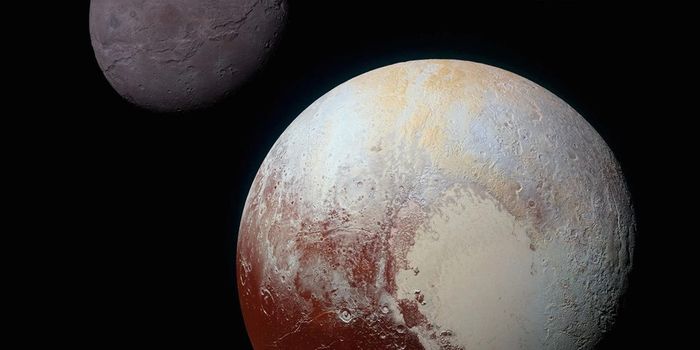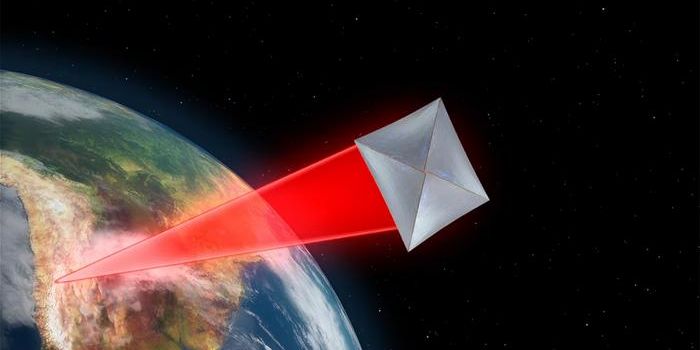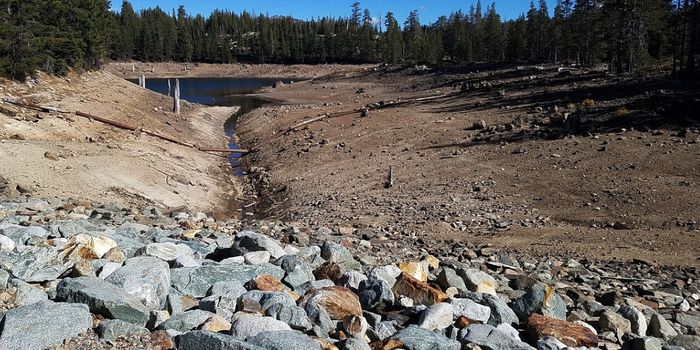Rooftop Solar Cells Can Save a Ton of Water
In submitted study in Science of The Total Environment, two researchers from Duke University estimate the average amount of water that a household could save per year due to electricity-generating rooftop solar cells. This study holds the potential to gain a better understanding of the technological and environmental benefits of solar cells.
The researchers discovered that a household could save an annual average of 16,200 gallons of water through rooftop solar installation and could be as high as 53,000 in states like California. This latter statistic is also 60 percent of the average household water use in the United States.
While consumers won’t see reductions in their water bill, the conservation of water in energy use is still important, since the two are linked to one another. In the United States, electrical energy production uses almost as much water as the agricultural sector. However, this does not include extra water used to create fossil fuels, along with not being able to manage coal ash waste.
"To generate electricity for the grid we need to mine and burn coal, frack and pump natural gas, and cool nuclear plants, all involving high volumes of water that is continuously lost," said Dr. Avner Vengosh, a Duke University distinguished professor of environmental quality in the Nicholas School of the Environment and lead author of the study. “"However, with the solar cell, it's a one-time consumption of much a lower volume of water for manufacturing. And then, once it's installed, there's no longer any water use coming from that for the next 25 years of expected use."
The study also compares water consumption at the state level, since each state’s electricity varies based on different patterns and the number of homes.
Dr. Erika Weinthal, who is also a professor within the Nicholas School of the Environment and a co-author on the study, said what’s important is to assess the total cost of any technology.
"We need to be moving towards renewables, solar and wind, but in doing so, we have to recognize that for any form of energy infrastructure, even if it is renewables, there may be some costs when it comes to water,” said Weinthal. “One has to think about the water footprint for any form of energy production.”
Sources: Science of The Total Environment
As always, keep doing science & keep looking up!









